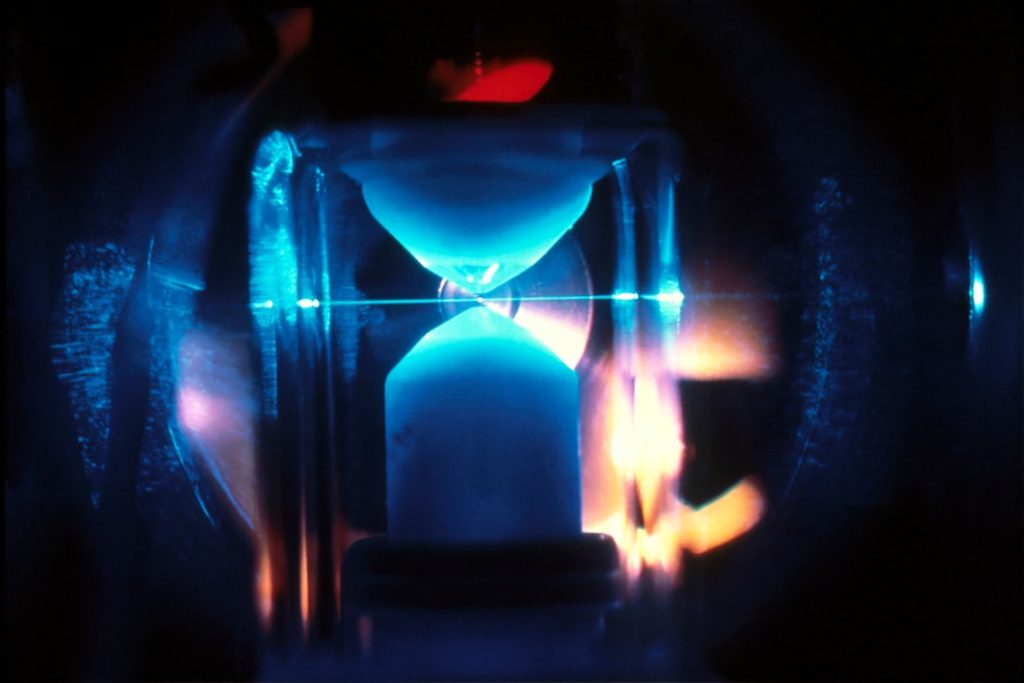The incline bench press is a popular exercise in weightlifting and bodybuilding, and the angle at which the bench is set plays a crucial role in the effectiveness of the exercise. The incline bench press primarily targets the upper chest, shoulders, and triceps, making it an essential part of any upper body workout routine. The angle of the bench determines the degree to which these muscles are engaged, making it important to understand the impact of incline bench press angle on muscle activation and overall workout effectiveness.
The incline bench press angle also affects the range of motion and the level of difficulty of the exercise. A steeper incline increases the emphasis on the shoulders and upper chest, while a lower incline places more emphasis on the lower chest and triceps. Understanding the importance of incline bench press angle is crucial for anyone looking to maximize their workout results and target specific muscle groups effectively. By adjusting the incline bench press angle, individuals can tailor their workouts to meet their specific fitness goals and ensure balanced muscle development.
Key Takeaways
- The incline bench press angle is important for targeting specific muscle groups and maximizing muscle activation.
- The optimal incline bench press angle for muscle activation varies depending on the muscle group being targeted.
- Adjusting the incline bench press angle can emphasize different muscle groups, such as the upper chest or shoulders.
- The incline bench press angle can impact shoulder health, with a higher angle putting more stress on the shoulders.
- Proper form and technique are crucial when performing the incline bench press at different angles to prevent injury and maximize gains.
- Incorporating variations in incline bench press angle can help achieve maximum gains and prevent muscle imbalances.
- The incline bench press angle plays a crucial role in a well-rounded workout routine, targeting different muscle groups and promoting overall strength and muscle development.
Finding the Optimal Incline Bench Press Angle for Muscle Activation
Finding the optimal incline bench press angle for muscle activation is essential for maximizing the effectiveness of the exercise. Research has shown that a 30 to 45-degree incline is ideal for targeting the upper chest and shoulders while minimizing stress on the shoulder joints. This angle allows for a full range of motion while effectively engaging the targeted muscle groups. A steeper incline may place excessive strain on the shoulders, while a lower incline may not effectively target the upper chest and shoulders.
Experimenting with different incline bench press angles can help individuals find the optimal angle for their specific body type and fitness goals. It’s important to pay attention to how different angles feel during the exercise and to observe which angles result in the greatest muscle activation. By finding the optimal incline bench press angle, individuals can ensure that they are effectively targeting their desired muscle groups and minimizing the risk of injury.
Adjusting the Incline Bench Press Angle for Different Muscle Emphasis
One of the key benefits of the incline bench press is its versatility in targeting different muscle groups based on the angle of the bench. By adjusting the incline bench press angle, individuals can emphasize different areas of the chest and shoulders. A higher incline places more emphasis on the upper chest and shoulders, while a lower incline targets the lower chest and triceps. This versatility makes the incline bench press a valuable exercise for achieving balanced muscle development in the upper body.
For individuals looking to build a well-rounded chest and shoulder muscles, incorporating variations in incline bench press angle into their workout routine is essential. By adjusting the angle of the bench, individuals can ensure that they are effectively targeting all areas of the chest and shoulders, leading to balanced muscle development and improved overall strength. Understanding how to adjust the incline bench press angle for different muscle emphasis is crucial for anyone looking to maximize their workout results and achieve a balanced upper body physique.
Understanding the Impact of Incline Bench Press Angle on Shoulder Health
| Bench Press Angle | Shoulder Stress | Activation of Pectoralis Major | Activation of Anterior Deltoid |
|---|---|---|---|
| Flat Bench Press | High | High | High |
| Decline Bench Press | Low | High | Low |
| Incline Bench Press | Moderate | High | Moderate |
The incline bench press angle plays a significant role in shoulder health and injury prevention. A steep incline can place excessive strain on the shoulder joints, increasing the risk of injury, particularly for individuals with pre-existing shoulder issues. It’s important to find a balance between effectively targeting the upper chest and shoulders and minimizing stress on the shoulder joints.
Research has shown that a moderate incline of 30 to 45 degrees is optimal for engaging the upper chest and shoulders while reducing stress on the shoulder joints. This angle allows for a full range of motion while minimizing the risk of shoulder injury. It’s crucial for individuals to pay attention to how different incline bench press angles feel on their shoulders and to adjust the angle accordingly to ensure proper shoulder health.
Tips for Proper Form and Technique at Different Incline Bench Press Angles
Maintaining proper form and technique is essential when performing the incline bench press at different angles. Regardless of the incline, individuals should focus on keeping their shoulder blades retracted and their elbows tucked in to minimize stress on the shoulder joints. It’s important to lower the barbell or dumbbells under control and to avoid bouncing or jerking movements that can lead to injury.
At a steeper incline, individuals should pay particular attention to maintaining proper shoulder positioning to avoid excessive strain on the shoulder joints. It’s important to start with a lighter weight when experimenting with different incline bench press angles to ensure that proper form and technique are maintained throughout the exercise. By focusing on proper form and technique, individuals can maximize the effectiveness of the incline bench press while minimizing the risk of injury.
Incorporating Variations in Incline Bench Press Angle for Maximum Gains

Incorporating variations in incline bench press angle into a workout routine is essential for achieving maximum gains in chest and shoulder strength and development. By adjusting the incline bench press angle, individuals can target different areas of the chest and shoulders, leading to balanced muscle development and improved overall strength. It’s important to experiment with different angles to find the optimal incline for targeting specific muscle groups effectively.
In addition to adjusting the incline bench press angle, individuals can also incorporate variations in grip width and hand positioning to further target different areas of the chest and shoulders. By incorporating these variations, individuals can ensure that they are effectively engaging all areas of the chest and shoulders, leading to balanced muscle development and improved overall strength. Understanding how to incorporate variations in incline bench press angle for maximum gains is crucial for anyone looking to achieve a well-rounded upper body physique.
The Role of Incline Bench Press Angle in a Well-Rounded Workout Routine
The incline bench press angle plays a crucial role in a well-rounded workout routine, particularly for individuals looking to achieve balanced muscle development in the chest and shoulders. By adjusting the incline bench press angle, individuals can effectively target different areas of the chest and shoulders, leading to improved overall strength and muscle definition. Incorporating variations in incline bench press angle into a workout routine is essential for achieving balanced muscle development and preventing muscular imbalances.
In addition to its impact on muscle activation, adjusting the incline bench press angle can also help prevent overuse injuries by varying the stress placed on different areas of the chest and shoulders. By incorporating variations in incline bench press angle into a workout routine, individuals can ensure that they are effectively targeting all areas of the chest and shoulders, leading to balanced muscle development and improved overall strength. Understanding the role of incline bench press angle in a well-rounded workout routine is crucial for anyone looking to achieve balanced muscle development and prevent muscular imbalances.
If you’re looking to improve your incline bench press angle, you may want to check out this article on how to properly set up your incline bench press. This article provides valuable tips and techniques for maximizing your incline bench press angle and getting the most out of your workout. Whether you’re a beginner or a seasoned lifter, this article can help you fine-tune your form and achieve better results.
FAQs
What is the incline bench press angle?
The incline bench press angle refers to the angle of the bench used during the exercise. It is typically set at an incline of around 15 to 30 degrees.
What muscles does the incline bench press target?
The incline bench press primarily targets the upper chest (pectoralis major), front shoulders (anterior deltoids), and triceps.
How does the incline bench press angle affect the exercise?
The incline bench press angle affects the emphasis placed on different muscle groups. A higher incline angle places more emphasis on the upper chest and front shoulders, while a lower incline angle may involve more of the lower chest and triceps.
What are the benefits of using different incline bench press angles?
Using different incline bench press angles allows for variation in the workout, targeting different areas of the chest and shoulders. It can also help to prevent muscle imbalances and plateaus in strength and muscle growth.
What are some common incline bench press angles used in training?
Common incline bench press angles used in training range from 15 to 30 degrees, with 15 degrees being a lower incline and 30 degrees being a higher incline.






